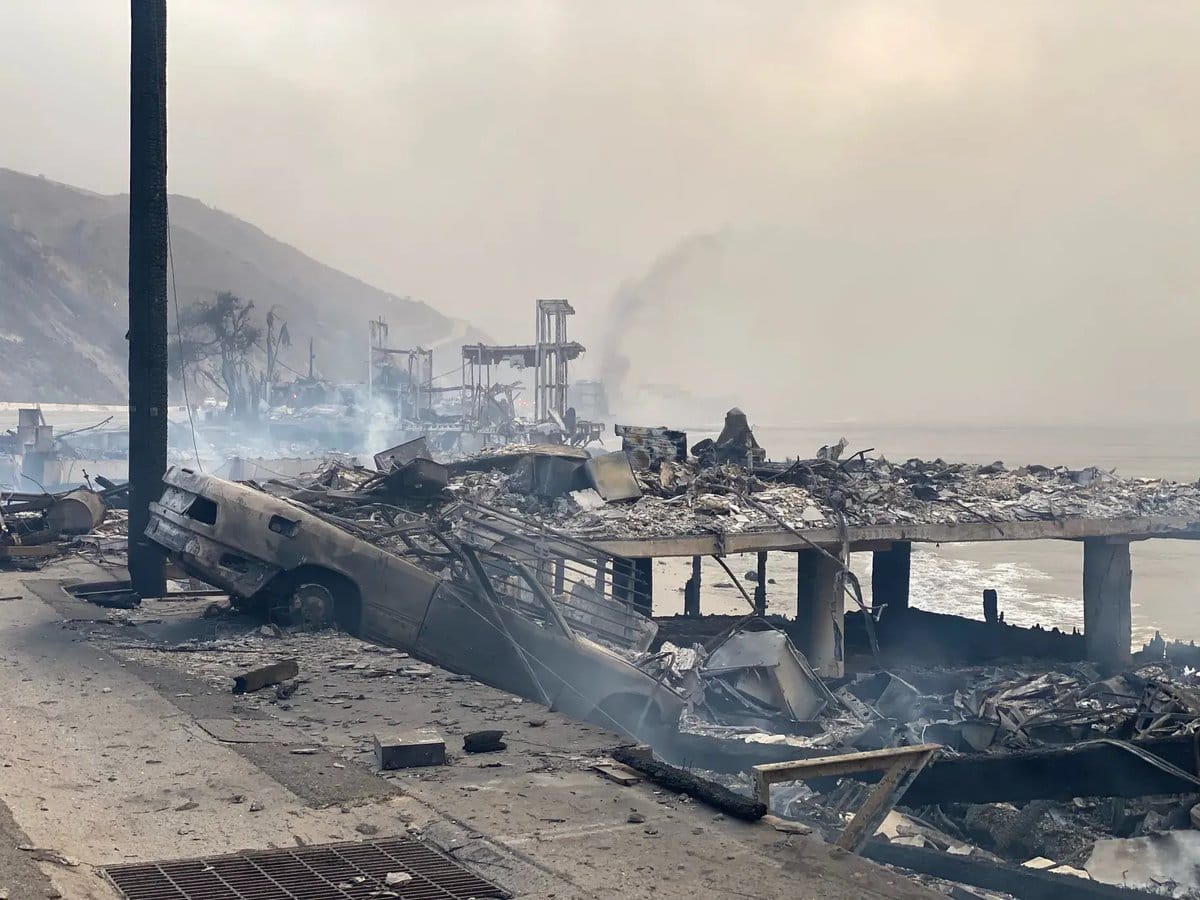How do we listen to someone in pain?
That was the question that Peter Sellars posed to an audience at REDCAT back in 2004. It was a curtain raiser speech for an Antonin Artaud play, For an End to the Judgement of God. Sellars spoke directly to the audience in his surprisingly direct but gentle way, “The role of the artist in the 21st century is to be able to listen to someone in pain and be able to give voice to that pain.”
Looking back 20 years, it was a terrifyingly insightful and prescient statement, but if you’ve ever seen Peter Sellars' work, that comes as no surprise.
As I drive these past several days through our broken city watching smoke billow into the sky carrying with it the hopes, dreams, and memories of so many people, so many families, I wonder how we can listen.
The smoke, as toxic as it is, is easy. It makes itself known, it’s unavoidable, it makes you choke on it. It helps you trace the source.
The pain is harder.
It can be invisible. And even when it is seen, how do you allow yourself to truly hear someone?
Right now, you can’t stream five minutes of news without someone shoving a mic into the face of someone who has just lost everything they cherish, watching their dreams and memories reduced to a pile of ash. Their pain is a commodity: pumped from them like valued fuel. But what happens next week? Next month? Next year?
Who will be there to hear that pain? Which artists will give it a voice? At its most sacred, I think theater lives up to this profound responsibility. Essential theater, for me, isn’t made to entertain or distract, but to help us listen. It allows, as Artaud himself suggested, the human soul to be revealed after burning away, in flames that purify rather than destroy, all that is extraneous and superficial — revealing an essence.
If we value artists of a place and time, it is because they capture that essence of a place and help us make sense of it, help us listen to it, (and if they are truly great artists) make us do something about it.
I’m haunted by this question: How do we listen to a city in pain?
I can make sense of it in theory or in the theater, but how do we, as a city, as a community, as a friend, listen to what it means for more than 6,000 structures that held people’s souls each day and night to suddenly be destroyed?
Maybe if we all ask that question, if we all become an active audience to that pain, we’ll find a way to honor and repair.
This is Anthony Byrnes opening the curtain of LA Theater for KCRW.
How to help those affected by fires raging across Los Angeles County
